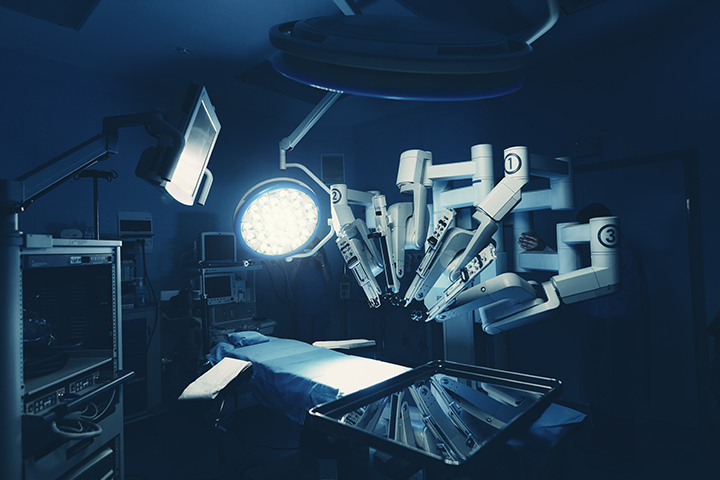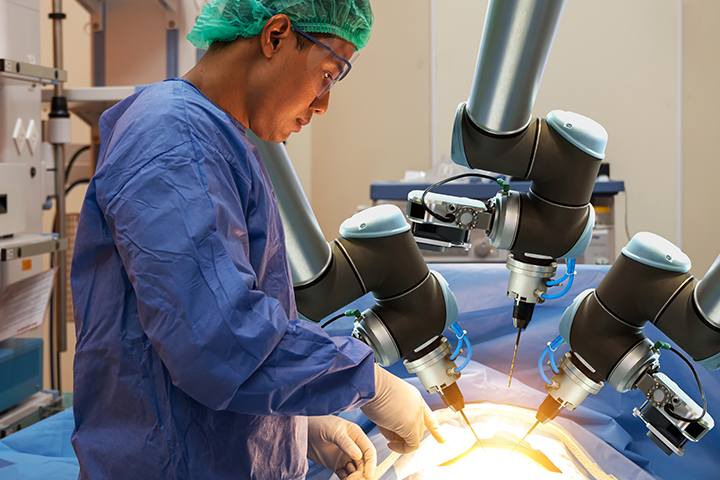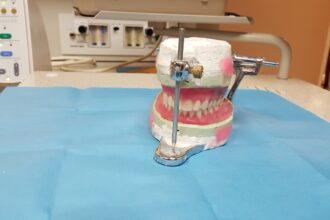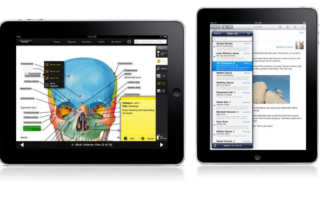The use of da Vinci Surgical System is no longer a news to the healthcare sector, but the artificial assistant-based robots and nanobots are next big thing in surgical robotics market.

Robotic surgery is a type of minimally invasive surgery, which uses robotics to perform a surgical operation. However, the robotic surgery is not entirely automated. Robotic systems–that are consist of miniaturized surgical instruments mounted on the robotic arm–are operated by surgeons. The surgeons control these instruments remotely with the help of camera located in the operating room. The recent technological advancements and need for automation to help doctors to perform surgeries with precision have boosted the surgical robotics market. In addition, according to Allied Market Research, the surgical robotics market is expected to reach $98.737 billion by the end of 2024. The most widely used robotic system is da Vinci Surgical System, which is used in more than 1.5 million surgeries since 2000. The technology has now widely accepted and practiced in several hospitals in the U.S. and Europe to treat various conditions.
What Is Minimal Invasive Surgery and What to Expect from A Surgical Robot?
The simplest meaning of minimally invasive surgery is smaller incisions, which results in shorter hospitalization and faster recovery of a patient. The minimally invasive surgery is preferred by doctors as well as patients as it is less scary than an open surgery, reduces the risk of infection, and involves less blood loss, boosting the recovery period. To operate a robotic system, the doctor makes miniature incisions on patient’s body and inserts tiny instruments and a camera, and the surgeon performs the operation with the help of console. In a robotic-assisted procedure, the surgeon controls the instruments and robotic system translates the doctor’s gesture and responds to doctor’s precise hand and finger movements.
In the last few years, the robotic surgery has been preferred owing to fewer risks of infection, less blood loss, and surgeons can see a magnified image to perform an accurate procedure. Moreover, the robotic systems can be used to treat heart surgery, head & neck surgery, colorectal surgery, Gynecologic surgery, Thoracic surgery, and Urologic surgery.
Nanobots: The Future of Surgical Robotics
The technological advancements have truly revolutionized surgical robotics. Researchers are now focused to incorporate artificial intelligence (AI) and virtual reality in surgical robotics to control the surgical process remotely with the help of brain waves. Moreover, last year experts successfully performed an AI-assisted surgery. According to Dr. John Birkmeyer, a chief clinical officer at Sound Physicians, said, “Artificial intelligence can help surgeons perform better. We know that a surgeon’s skill, particularly with new or difficult procedures, varies widely, with huge implications for patient outcomes and cost. AI can both reduce that variation, and help all surgeons improve–even the best ones. It’s important to leverage that digital feedback.” Experts believe that the assistance of AI can reduce surgical failures and attendant inefficiencies leading to poor outcomes. Moreover, the insights of AI can help link a patient’s before and after surgery health outcomes.
Along with AI-assisted robotic surgeries, researchers are developing tiny surgical robots known as nanobots. These nanobots can go into the patient’s body and can cure diseases by roaming inside the body. Recently, a team of researchers at the University of California San Diego developed new nanobots coated with the gold nanowire. The coating enables nanobots to freely roam through blood and can absorb or destroy pathological bacteria without messing with patient’s defense mechanism. The leaders Joseph Wang and Liangfang Zhang believe that the dual membrane-coated nanobots mimic the behavior of the natural calls and have the same functionalities to get past the human defense system. Similarly, in February 2018, researchers for the first time successfully used nanobots to treat cancerous tumors in mice. According to the paper published in the Nature Biotechnology, the nanobots were successful in shrinking the tumors and inhibiting their growth. Such rapid advancements in surgical robotics including AI-assisted surgeries and nanobot have made sure that the time of Dr. Robot is near, and it shouldn’t be a surprise that in future robots would be treating patients without human intervention.









